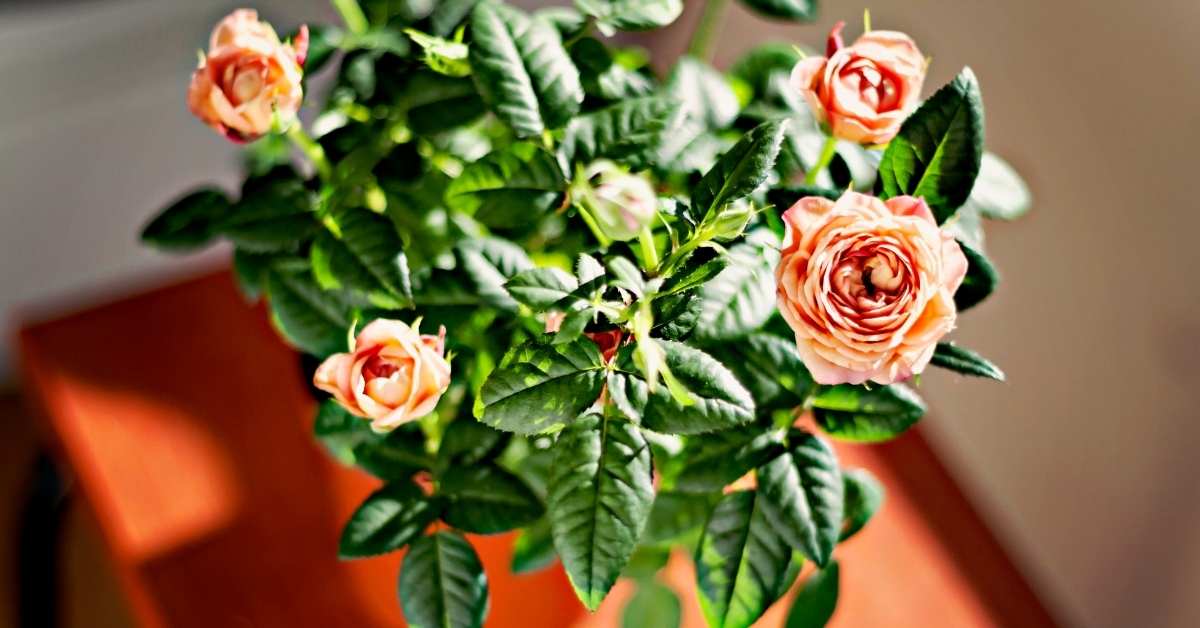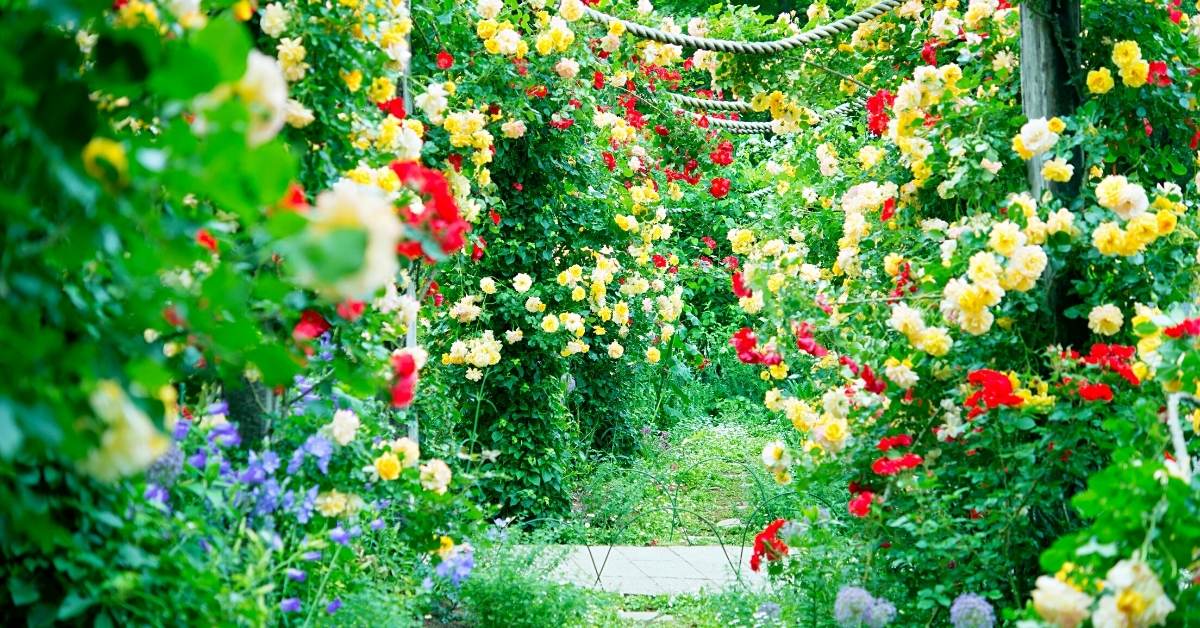More and more rose lovers are becoming interested in organic rose gardening. Growing roses has been a favorite pastime for many individuals for centuries. Long before the invention of toxic synthetic chemicals, roses have survived and flourished without using such toxic chemicals.
To grow the roses by caring for roses organically, you can increase the lifetime of your roses while maintaining an organic yard and garden. Planting roses organically will help protect your family, pets, and other wildlife from toxic chemicals.
Long before the help of humans, the earth, its plants, and wildlife have survived for millions of years. Things get out of balance when humans think they can improve on nature. Plants absorb water and nutrients with their roots. The process of photosynthesis of the leaves uses water and sunlight to help to produce energy. Soil contains natural organisms such as worms, fungus (e.g. black spot fungus), nematodes, bacteria, and others.
The breaking down of dead materials by these organisms enriches the soil. You actually destroy the natural soil organisms, which disrupts the natural relationships between the soil and roses when you use chemical herbicides, pesticides, and fertilizers.
Harmful fungi can move in and damage a plant when no helpful bacteria protect the roots of a rose. Realize when caring for them they can also become addicted to chemical fertilizers, since the more you use, the more the roses will require.
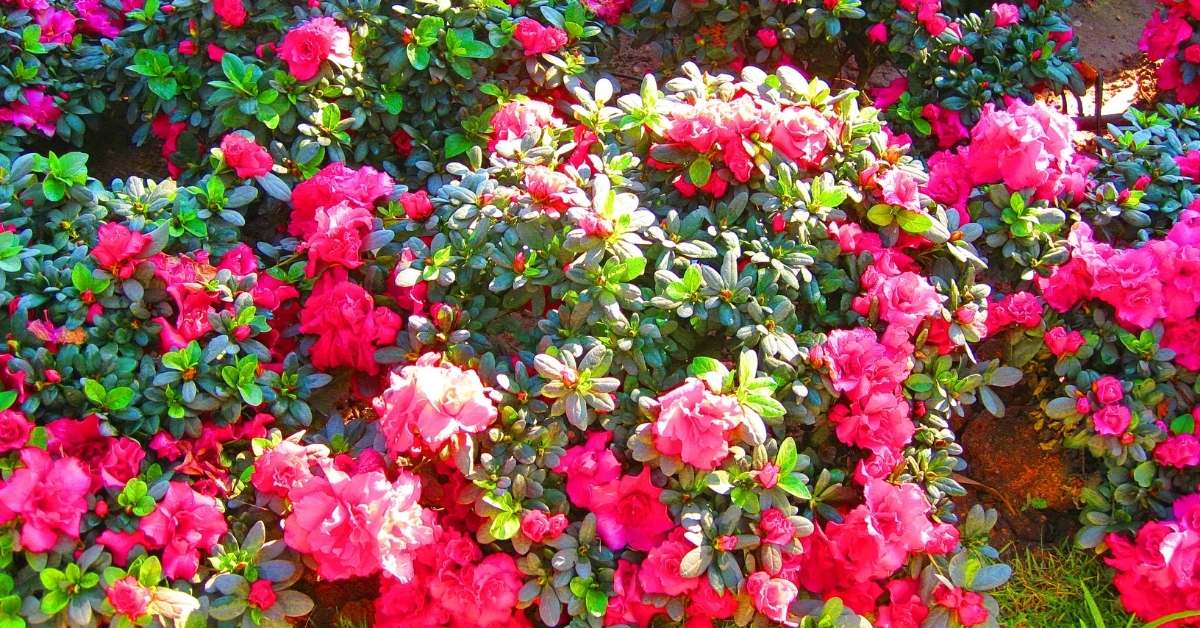
You can quickly and inexpensively grow organic roses by not including pest control and chemical fertilizers. You can feed the soil and care for your roses without using these harmful products. If your soil needs a boost, simply work some compost into the soil in a new garden, or use it as a top dressing or consider including mulch in your current garden.
You can start your own compost pile in the yard by including grass clippings, dried leaves, decaying plant clippings, as well as kitchen scraps that have anything from fish heads to fruit peelings and then giving it time to decompose. There are various ways to build a compost pile; you can do it in a container as well as in a pile outside. However, in order for the compost to decay properly, you need to stir the pile.
Organic gardening does not include the use of chemical pest control. However, you are utterly helpless against pests. Keep in mind that pesticides not only kill the insects that cause damage, they also kill insects that help the plants by eating any insects that cause the damage.
For instance, you do not want to kill all the ladybugs or some wasps, as they are beneficial for eating the pests that cause harm. Birds eat grubs, while snakes, frogs, and lizards help control the pest population. However, if you need a pesticide, you can use natural or organic pesticides that are not as toxic and effective. Most often, these will target a particular problem by killing the insects that cause the pain and not everything else.
You can accomplish the task of growing the most fragrant, beautiful roses with the largest blooms by using the time and effort to use organic means of getting rid of problems rather than using toxic pesticides and chemical fertilizers.
Planting Roses
There is more to planting roses and how to grow a rose plant than just the depth of the hole and whether you should fertilize the plant, now or later. To follow the perfect rose planting instructions, the first essential step to take involves finding the right location and proper garden spacing for where the roses grow best since location is critical to the growth of roses. While choosing the appropriate location for rose transplanting, there are a few things to keep in mind.
The area for planting roses needs to get plenty of sunlight; for instance, many species of roses require at least 6 hours of direct and unfiltered sunlight daily. Shade tolerant roses require approximately 4 to 6 hours of direct sunlight in order to flourish.
What is the best soil for roses?
You need healthy soil for planting roses since roses are vigorous eaters and require good soil nutrients. Soil with too much sand or clay will not grow roses well. You can do a quick soil test to determine if there is too much of either by clumping the soil in your hand. The soil contains too much clay if it holds the mold and does not crumble away.
The soil has too much sand when the soil does not hole the mold, and it easily crumbles away. Good soil will hold the mold of your hand yet easily crumble. You do not want to try planting roses in soil that is too acidic, too chalky, or contains too much limestone.
You need to be mindful of other plants and trees while planting roses. Keep in mind that large plants and a lot of trees are already drawing the nutrients and water from the soil from any roots that extend past the drip line.
While planting roses and you find a great many roots, while digging a hole for the rose bush, you will most likely encounter future problems with the plant. The majority of rose plants enjoy growing around other roses or other non-invasive plants; however, there are exceptions to some rose shrubs and climbing roses.
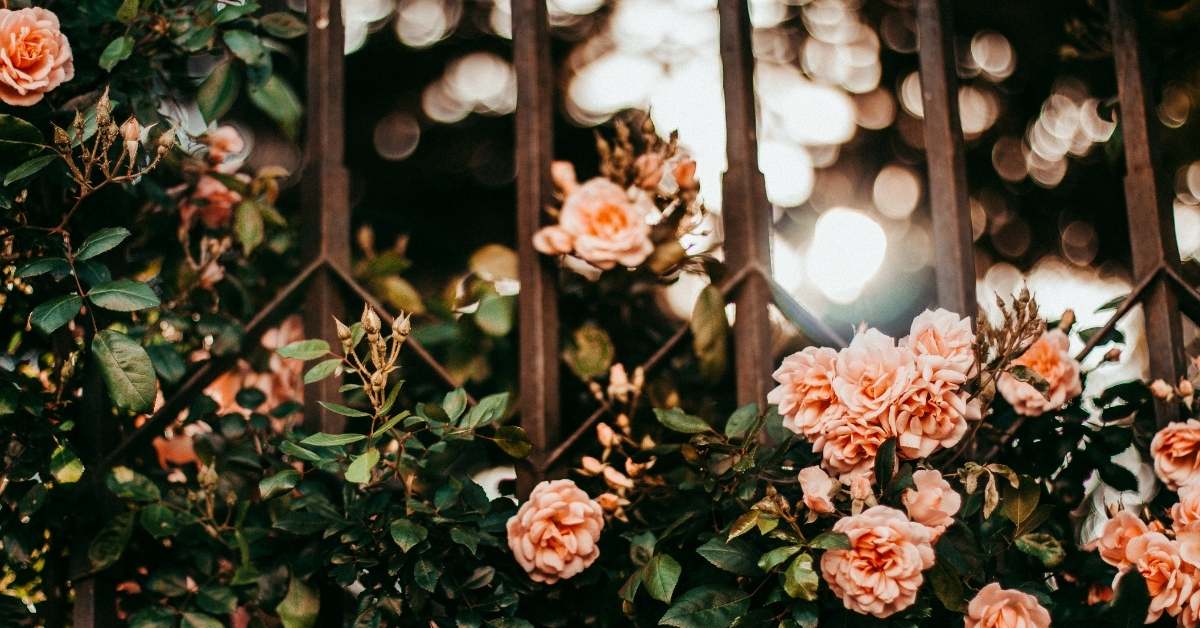
Hole depth
After determining the best location for planting roses, you can then consider the basics concerning the depth of the hole. Dig a hole that is a bit larger than the size of the plant’s root system of the size of the pot. The climate you live in will help determine the depth of the hole.
For instance, you will plant roses deeper in colder climates. Talk with other rose growers in the area to learn about the proper depth for planting roses. Although the opinions of depth may vary, loosening the soil in the bottom of the hole is beneficial. You want to consider adding compost or even some bone meal, a source of Phosphorus that is slow acting while encouraging healthy growth of roots in the bottom of the hole.
Once you place the plant in the hole, spread the roots out just a bit and then refill the hole while making sure that the soil settles around the plant’s roots. Before you cover the roots with the last few inches of soil, you can water the roots. Next, you will add the last bit of soil to the hole, then slightly firm the soil, and then water the plant again to complete this step.
Care For Rose Bush
Rose bushes are some of the most popular and beautiful plants. Roses and gardening have survived and flourished in almost every country for centuries. Growing and care for rose bush(es) is easy and rewarding since you can get started with just a small amount of gardening knowledge like planting, watering, plant nutrients, and how to prune a rose bush, The more you understand about gardening and how to care for roses the more successfully your roses will grow.
There are wide varieties of roses
Rose bushes are available in an assortment of varieties that will suit just about any preference, color, taste, and shape, as well as much more. When you know what roses require, caring for your rose bush is easy. For instance, roses love sunshine and require about 6 hours of daily unfiltered and direct sunlight. Rose bushes that enjoy shade require at least 4 to 6 hours of direct daily sunlight. Rose bushes also need good soil, and you may want to include a small amount of compost.
Pest control for roses in organic rose gardening
As with any other type of plant, you will have to deal with pests. For instance, some pests that give problems to rose bushes are rose cane borer,
- Japanese beetles,
- midge larva,
- thrips,
- rose slugs,
- mites,
- rose chafers,
- caterpillars,
- scale insects,
- rose stem girders,
- and aphids.
No one enjoys dealing with such pests; however, if you want your plant to survive, you do need to deal with the problem.
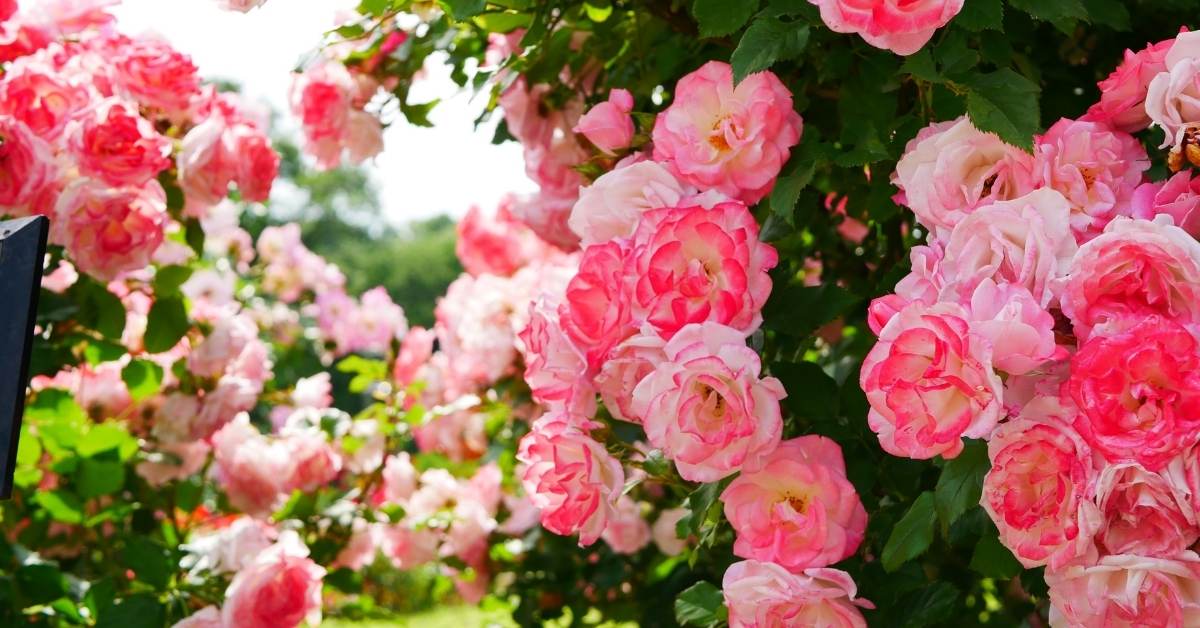
After identifying the pest, you have a few different options for dealing with the problem. If there are only a couple of bugs, you can pick them off and drown them in soapy water. You need to remove the whole leaf where you find them, just in case they have laid eggs. You may also wish to use natural or synthetic chemicals to get rid of pests.
However, do read and follow the manufacturer’s directions while using such chemicals. If not used correctly, organic and natural chemicals can harm you and others. If you prefer not to use these types of chemicals on your rose bushes, consider using the natural enemies of the pests you are trying to eliminate. Some bugs are suitable for your plants.
For instance, some wasps and ladybugs eat the pests that damage rose bushes. Visit your local garden center to search for more options for ridding your plants of the pests you encounter. On the other hand, you can always search online for what you need.
Deadheading is another essential for rose bush care. It is another term for pruning, which encourages the growth of new blooms. If you allow the blooms to fade, the rose goes to seed and then stops producing new flower shoots. Deadheading is essential, as is pruning to get rid of dead twigs, as well as for training a bush to grow in a particular manner.
Some gardeners need more than one or even several rose bushes to complete their garden. When you properly care for your rose bushes, they can produce blooms beginning in June until the first frost. You can beautify your yard and home with the elegance of rose bushes. When you give your rose bushes proper care, they will produce an abundance of lovely, fragrant blooms for you to enjoy!
Planting and Growin Climber Rose
Your rose garden is never complete without growing a climber rose and particularly hardy climbing roses. Climber roses are like an old garden rose to bring life and beauty to your garden. Climber roses are also known as ever-blooming roses, trailing roses, ramblers, and pillars depending upon the way they grow if they are not considered true vines.
They require a supporting structure to hold onto the surfaces since they do not grow their own. However, they are ideal for fences, archways, and other types of structures in and around the garden. Climber roses are easy to care for roses and well worth your consideration to grow in your garden.
Climber roses and hardy climbing roses need our help since they cannot hold onto structures like vines. You can loosely attach the plant to the structure while winding it through and around the supporting structure. Such structures may include the use of walls, pillars, fences, trellis, archways, arbors, sheds, and other large solid structures.
When you train climbing roses to grow sideways rather than vertically, you can produce more blooms. Climbing roses that you train vertically produce short spurs along with the main canes and stems to produce blooms.
What does climbing roses like?
Growing climbing roses is similar to growing other kinds of roses. Your climbing roses require approximately 6 to 7 hours of direct sunlight daily. Climbing roses that enjoy shade require approximately 4 to 5 hours of direct sunlight daily.
You need to consider the length and height of the climbing roses you grow. Some climbing rose species can grow to lengths of about 30 feet. Others may only grow to be about 7 feet in length. Will the structure you plan to use for support work for your type of plant? The climate will also dictate the height a plant may grow to. You need to determine which kind of climbing rose is suitable for your garden.
Some climbing rose species are ever-bloomers and bloom throughout the growing season. However, spring bloomers bloom only in springtime.
Pruning your roses
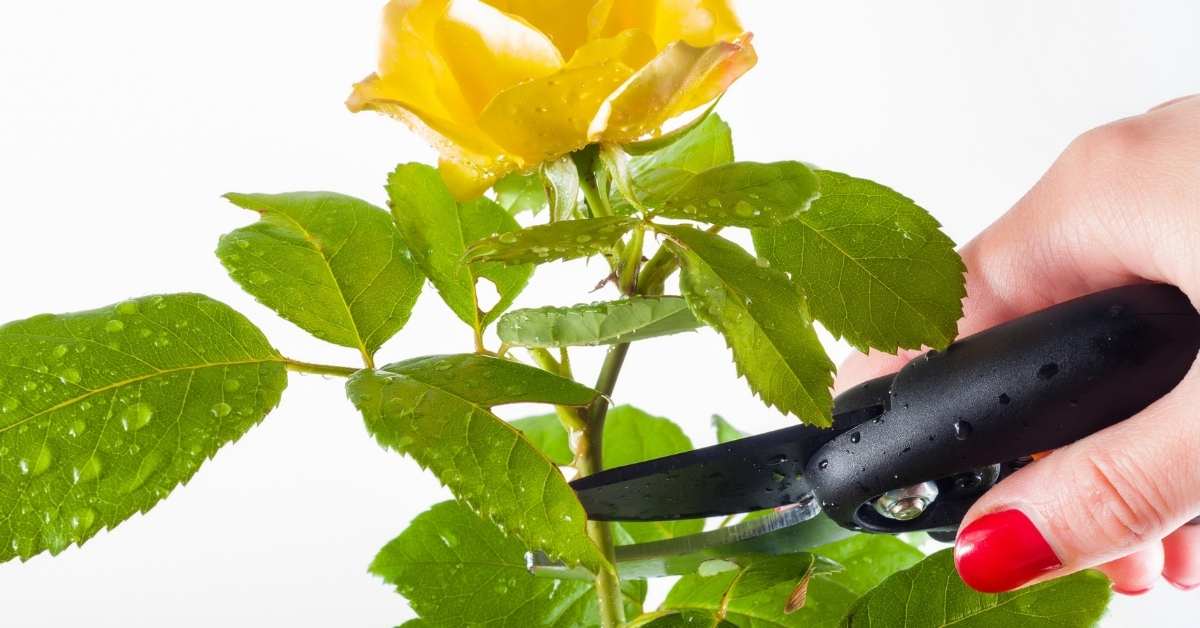
One great thing about climbing roses is that they only need a little pruning. You will not need to prune the plant for the first two years. If you prune climbing roses yearly as you do other types of roses, the opposite occurs, as the climbers will produce even fewer blooms.
You may consider pruning climbing roses every 3 to 4 years. Pruning at those times generally consists of removing old and lifeless canes at the base or small canes. You should encourage healthy young canes to grow to become long and flexible. Training these canes through and onto various structures is much easier to do.
You must be patient with climbing roses during the course of your organic rose gardening journey; they may take a while to become established and begin blooming after planting. However, once they are established, you will enjoy their beautiful fragrances and colors, knowing they were worth the waiting.
